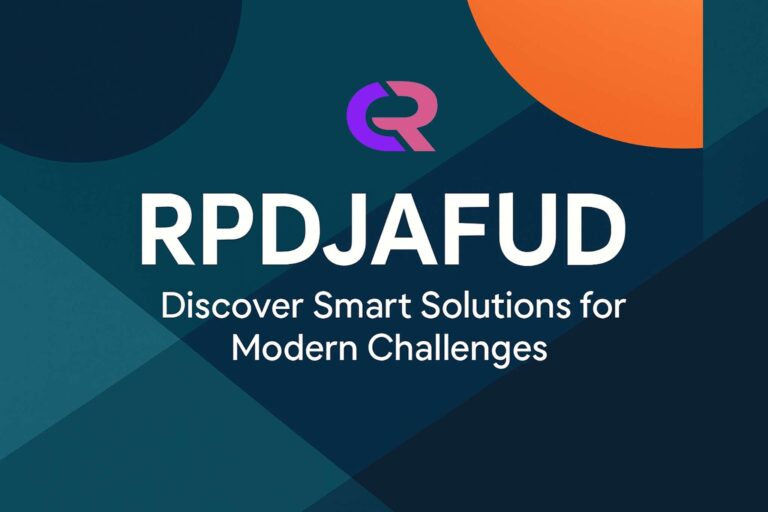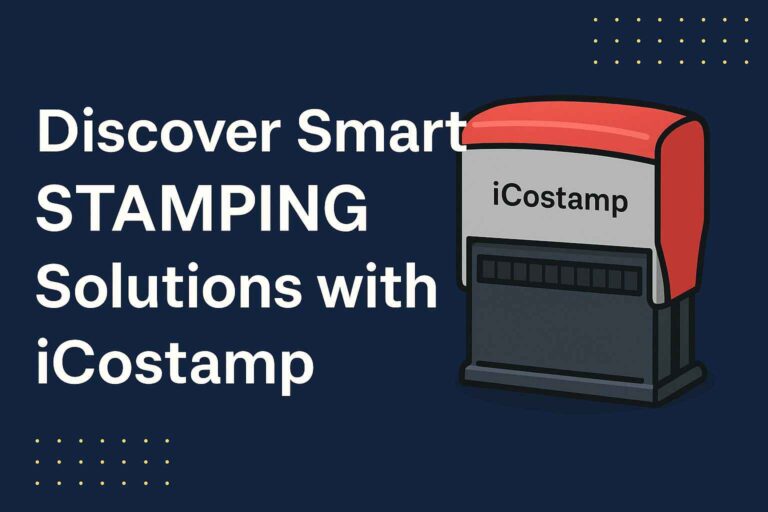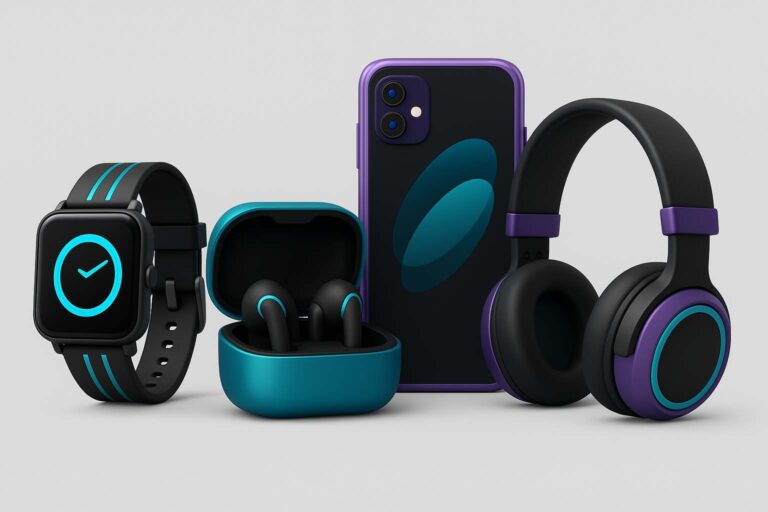How to Train AI Image Model for Pinterest Pins That Drive Traffic and Engagement
Pinterest is a visual discovery engine, and image quality is non-negotiable. Whether you’re targeting fashion, food, home décor, or digital marketing niches, standing out visually is everything. That’s why many creators and marketers are learning how to train AI image model for Pinterest pins. It gives you full control over aesthetics, style, and consistency—factors that directly influence traffic and engagement on the platform.
Using pre-built AI models can work, but they’re often generic, inconsistent, or off-brand. If your visual identity is specific, training your own AI image model makes the difference between average and viral content. It allows you to generate pins that not only look stunning but also align with your audience’s taste, Pinterest’s algorithmic preferences, and your niche.
Why Pinterest Demands Custom Visual Strategy
Pinterest isn’t like other social platforms. It’s a hybrid of search engine and social media. That means your images must be both attention-grabbing and keyword-optimized. Pinterest’s algorithm favors fresh, vertical content that matches user intent. Generic AI visuals often miss the mark here.
Training an AI image model specifically for Pinterest gives you control over output dimensions, themes, color schemes, font overlays, and object placement. You can create pins that fit perfectly within the platform’s favored formats—like 2:3 vertical aspect ratios—with visuals that feel handcrafted, not mass-produced.
Consistency also matters. Pinterest boards thrive on visual harmony. A trained model helps ensure every pin in a series complements the others. That consistency boosts brand recognition and builds trust over time.
How to Train AI Image Model for Pinterest Pins
The process of training your own model begins with collecting the right dataset. Focus on high-performing Pinterest pins in your niche. Gather them manually, use scraping tools, or leverage Pinterest analytics to identify top-performing content from your competitors and your own boards. The goal is to create a dataset of examples that represent the visual direction you want your model to follow.
Clean and label the dataset to ensure it’s structured and organized. Include categories such as color palette, layout type, subject matter, and visual tone. For example, you might tag a collection of recipe pins with “bright,” “top-view,” and “text overlay bottom third.”
Next, choose your training framework. Popular tools include Stable Diffusion, Midjourney fine-tuning (via prompts), or custom-trained StyleGAN or DreamBooth models. If you’re not coding-savvy, tools like Runway ML, Leonardo.Ai, and InvokeAI allow visual-based training interfaces where you upload samples and guide the model without writing scripts.
Train your model by feeding it your labeled image sets and adjusting iterations based on preview outputs. This is where precision matters. A model trained with poor or noisy data will output chaotic visuals. The cleaner and more relevant your dataset, the better your AI will perform.
During training, define key visual traits like color dominance, structure (such as space for headline overlays), and recognizable subject patterns. You want the model to understand not only what objects belong in your pins, but also how those elements are arranged within a Pinterest-friendly layout.
As your model starts to produce images, refine the prompts and retrain sections that are misaligned. Focus especially on text placement if you plan to add titles or product highlights within the image. A good model will start generating Pinterest-optimized visuals that need minimal human editing before posting.
Designing for Clicks, Saves, and Shares
Pinterest pins aren’t just about beauty—they’re built for action. High-performing pins encourage users to click through, save for later, or repin to their boards. This means your AI-generated images must do more than just look good. They need to direct attention with visual cues, hierarchy, and emotional triggers.
When you train an AI image model for Pinterest pins, make sure you embed these priorities into your training data. If you’re in the DIY niche, include pins that show hands in motion, step-by-step visualizations, or before-and-after shots. If you’re in fashion, include close-ups of fabric texture, layered outfits, or seasonal color trends. These details teach the model what the Pinterest audience values.
Text overlay is another key area to train. Many viral pins include short, punchy headlines within the image. Make sure your training dataset reflects this style. Teach the AI how much white space to leave, where the text should appear, and how to avoid cluttering the composition.
Don’t rely solely on beautiful photography. Pinterest rewards originality. Use your trained model to create artistic or illustrative pins that stand out from standard stock photos. Incorporate hand-drawn elements, unique fonts, or aesthetic filters. Your AI can generate custom assets that match your brand’s voice while giving users something fresh to discover.
Automation Meets Strategy
Once your model is producing strong visual results, you can integrate it into a semi-automated workflow. This is where your time investment starts to pay off. With pre-trained prompts and structured inputs, you can generate a week’s worth of pins in a single session. You can even tailor outputs by theme—like “spring decor ideas” or “keto meal prep.”
Pair the AI image model with scheduling tools like Tailwind or Later, and your Pinterest marketing becomes a streamlined operation. You maintain creative control without burning out on constant manual design.
But don’t confuse automation with a set-it-and-forget-it system. AI image models evolve best when continuously updated. Refresh your dataset monthly, retrain the model with new trends, and adjust based on what content performs best. Pinterest is trend-sensitive—what worked six months ago might not work today. Keep your AI aligned with what’s visually resonating.
Monitor Performance and Retrain Intelligently
The strength of AI lies in iteration. Track which of your generated pins drive the most traffic, saves, or engagement. Use Pinterest analytics to see how people interact with your content.
When patterns emerge—like a specific color scheme getting more attention or a certain layout format leading to more clicks—feed that data back into your training cycle. Add those pins to your dataset. Prioritize what works. Over time, your AI becomes smarter not just visually, but strategically.
This is where human input remains crucial. AI handles execution, but human insight fuels strategy. Your model doesn’t need to be perfect; it needs to be responsive. You’re not chasing perfection—you’re chasing performance.
Remember, the goal isn’t just to make beautiful images. It’s to make images that convert. Every AI-generated pin should serve a purpose: drive traffic to your blog, increase email signups, sell a product, or grow your follower base.
Why This Approach Outperforms Templates
Template-based pin design tools can be useful, but they often lead to visual sameness. If hundreds of creators use the same Canva layout, your pins blend into the feed. A custom AI model solves that.
By training your own model, you produce original content that carries your brand identity without copying anyone else. You avoid visual fatigue while keeping up with posting frequency. Your audience sees fresh, original designs. The algorithm recognizes new content formats. You win on both ends.
No template can anticipate visual trends. But with a flexible AI image model, you can respond to changes in real time. If pastel tones trend this month, retrain your model. If Pinterest starts promoting carousel pins, teach your model to design them. Agility beats imitation.
Give Pinterest What It Wants
Pinterest rewards creators who post fresh, high-quality content regularly. It doesn’t care whether that content was made by a human or AI—only that it’s visually engaging and relevant.
By understanding how to train AI image model for Pinterest pins, you’re stepping into a level of content creation that most of your competition hasn’t reached. You’re not relying on someone else’s model. You’re building your own, tailored to your audience, your niche, and your creative direction.
This isn’t about replacing your creative process. It’s about enhancing it—scaling it, sharpening it, and evolving it with data. The right AI model becomes your silent partner, turning your vision into volume without compromise.
Your next viral pin isn’t waiting to be found. It’s waiting to be trained.







